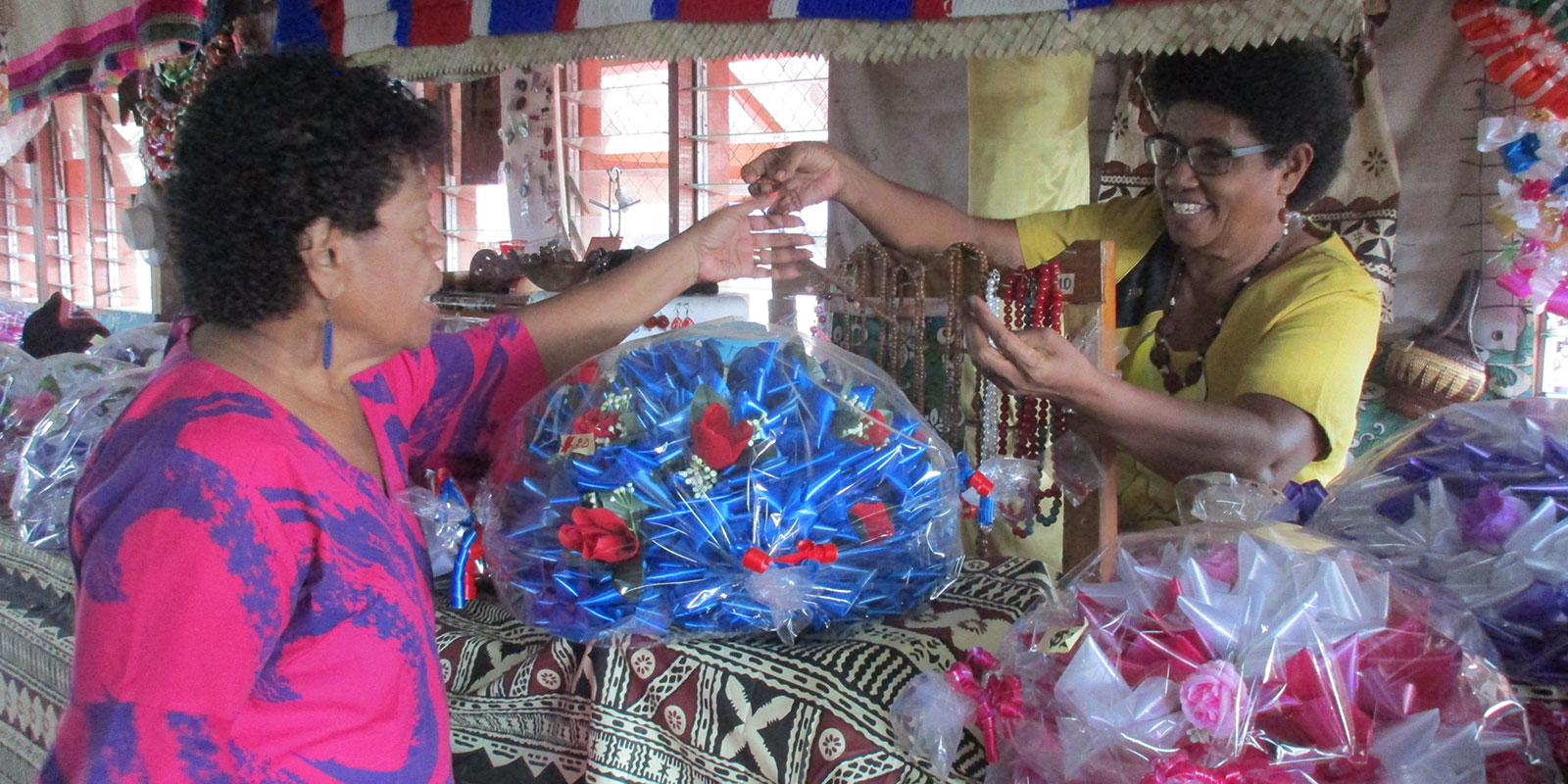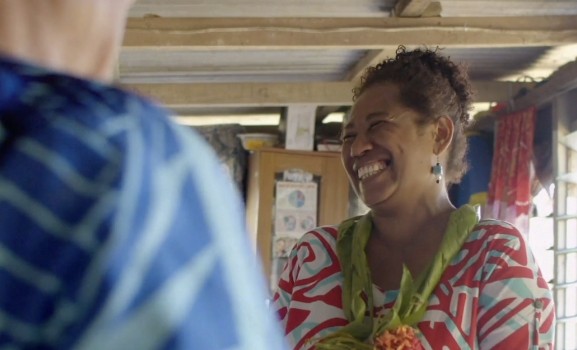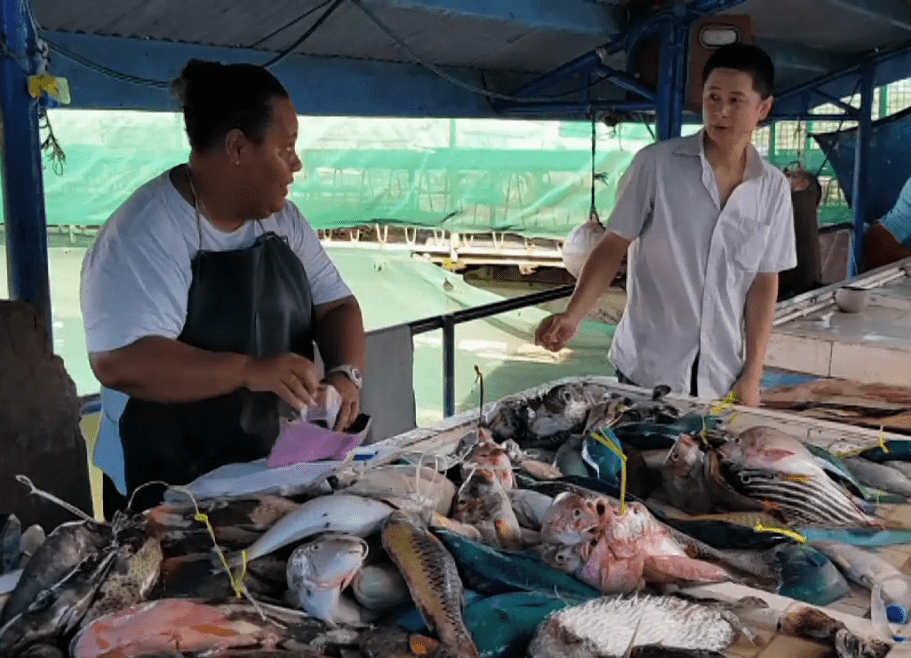Microfinance: A powerful way to create financial inclusion
Microfinance programs have given many of the world’s poorest people the opportunity to lift themselves out of poverty. The increases in household income allow borrowers to provide greater quantities and more nutritious foods to their families, to educate their children and to improve their houses.

Microfinance is sustainable
An equally important part of microfinance is the recycling of funds. As loans are repaid, usually in six months to a year, they are re-loaned. This continual reinvestment multiplies the impact of each dollar loaned.
Microfinance and women
Microfinance has a positive impact far beyond the individual client. Most organizations loans go to women because studies have shown that women are more likely to reinvest their earnings in the business and in their families. As families cross the poverty line and micro-businesses expand, entire communities’ benefit. Jobs are created, knowledge is shared, civic participation increases, and women are recognized as valuable members of their families and communities.


Microfinance and the South Pacific
The South Pacific region has seen many failed attempts to start microfinance institutions by governments, commercial banks, churches, and volunteer-run organizations. There continue to be organizations trying to provide microcredit, but these efforts are on a small scale and characterized by inflexible solutions that do not address the needs of the customer.
There are several recognized constraints to the development of microfinance service providers in the South Pacific:
Economy:
Most countries in the South Pacific have experienced poor macroeconomic performance over the past 10 years. Many obstacles have hindered economic effectiveness, including poor/ineffective government policies, lack of opportunities for economic diversification, small size of the economies, heavy reliance on agriculture, and frequent natural disasters. These present challenges to microfinance.
Geography:
Most countries are located entirely or partially in the cyclone belt, resulting in frequent natural disasters. The widely dispersed population and location cause the high cost and infrequency of transportation.
Culture:
In many Pacific islands, gifts and loans are regarded as interchangeable, thus loan repayments are difficult to guarantee.
Political Context:
Many countries in the region are politically stable democracies with no political or ethnic strife. However, some countries do suffer from social and political instability or serious crime issues.
Distribution of Financial Networks:
Pacific Islands have both formal and informal financial institutions. But few commercial banks are located outside the main centers in Papua New Guinea, Fiji, Vanuatu, Solomon Islands, Tonga and Kiribati. Most Pacific Island Countries rely on credit/savings cooperatives, credit unions, and postal banks.
Village leaders:
Before we start a program in a new village, SPBD staff meet with village leaders about the purpose and processes of our program. If interested, they will extend a formal written invitation to SPBD to make a full presentation (called a Preliminary Meeting) to interested villagers. After the Preliminary Meeting, a center is formed with interested applicants.
Despite the challenges faced in providing microfinance services in the South Pacific, SPBD Microfinance Network in Samoa, Tonga, Fiji, the Solomon Islands and Vanuatu have achieved financially sustainable success. Learn about our impact in these regions.
Help us build their better future
Talk to us today about ways you can provide funding, get involved, or share their stories with the world.
